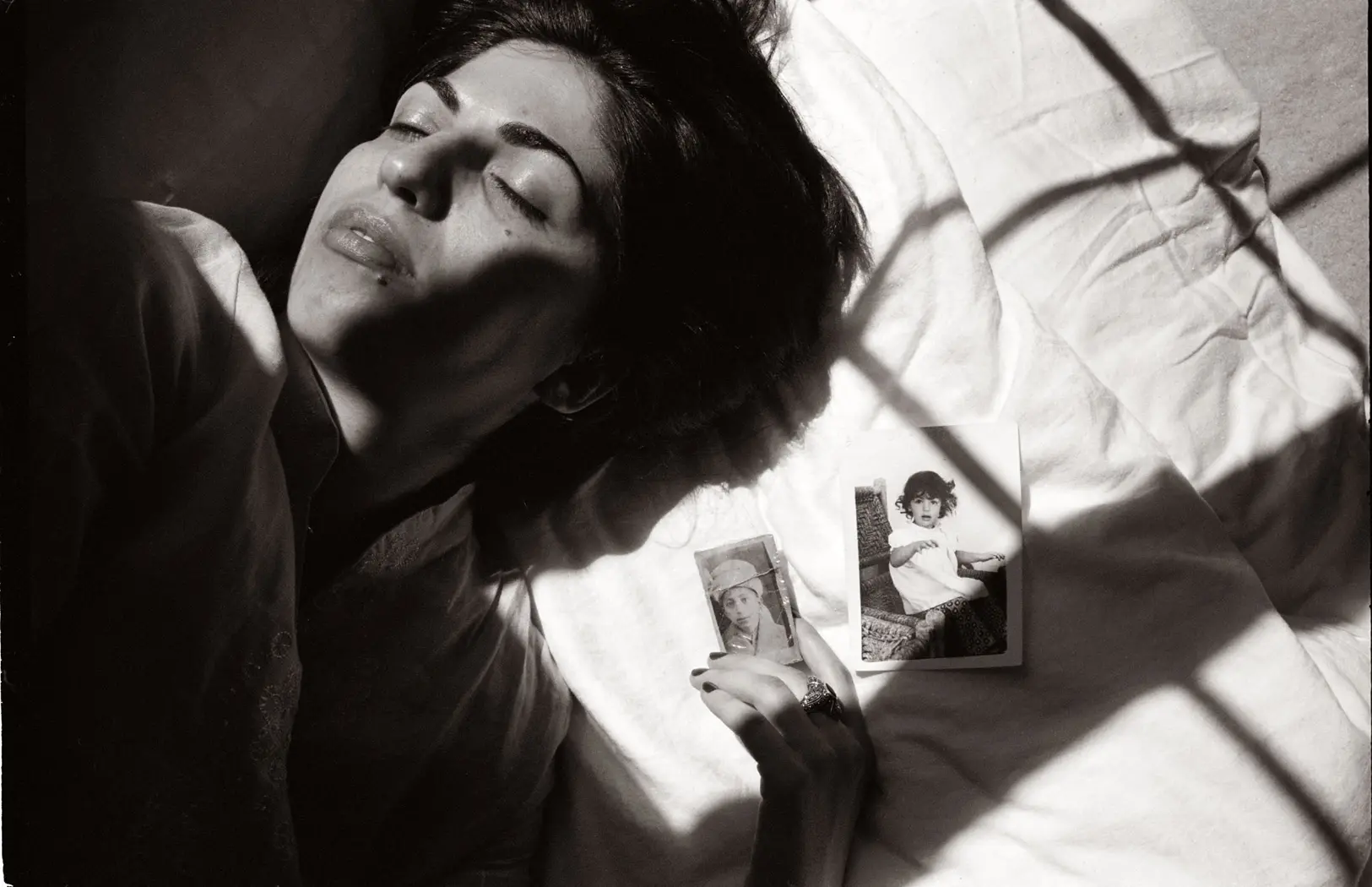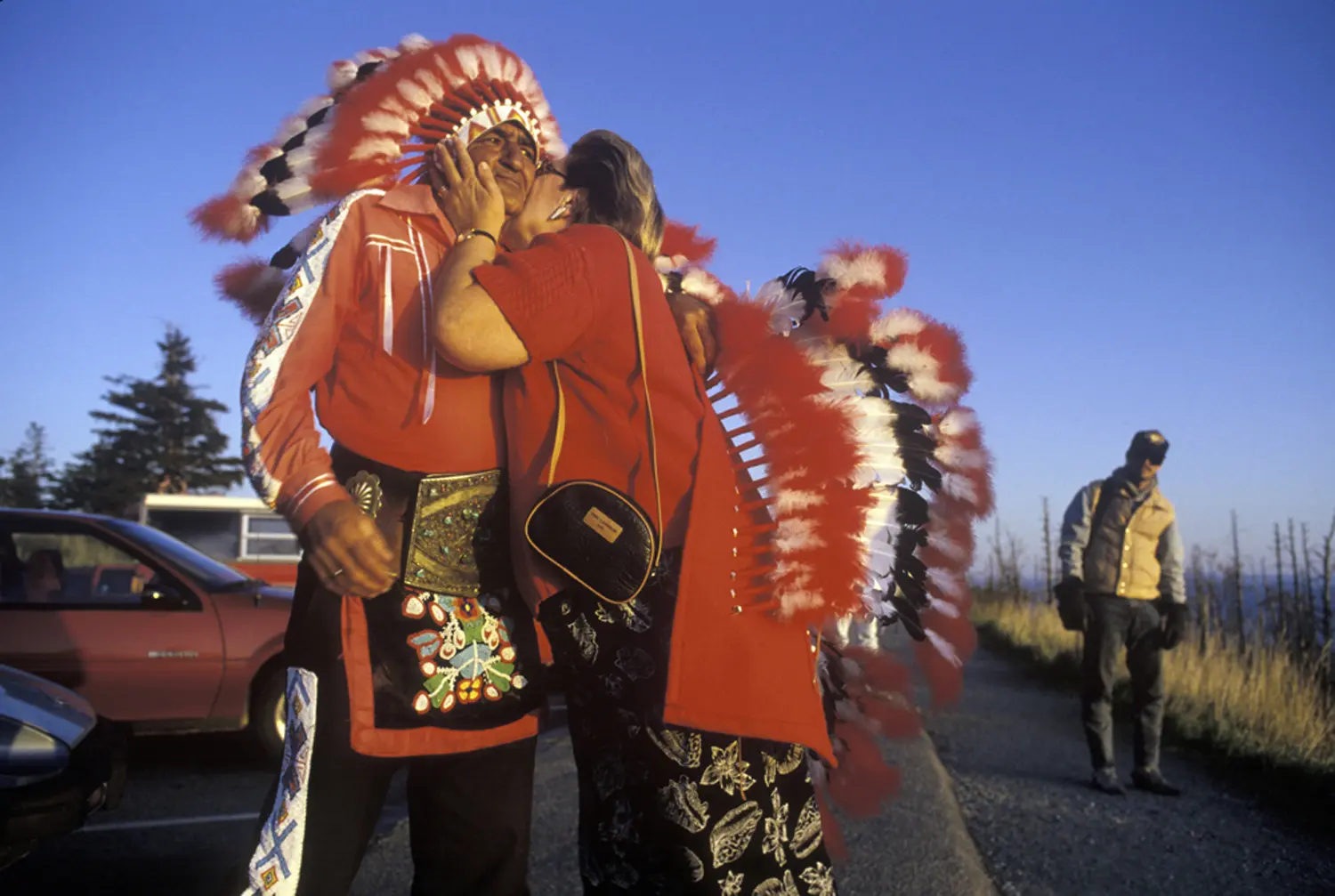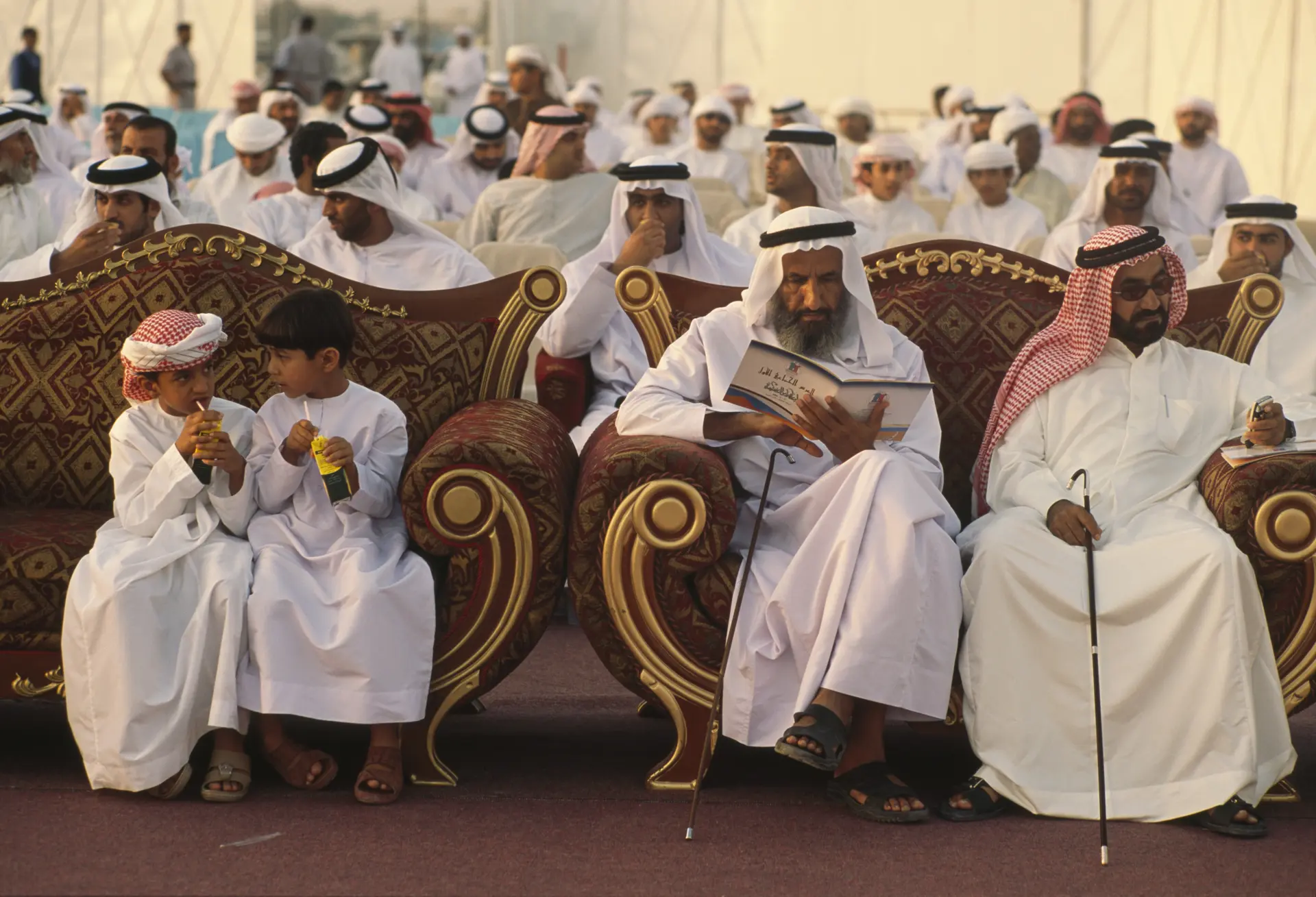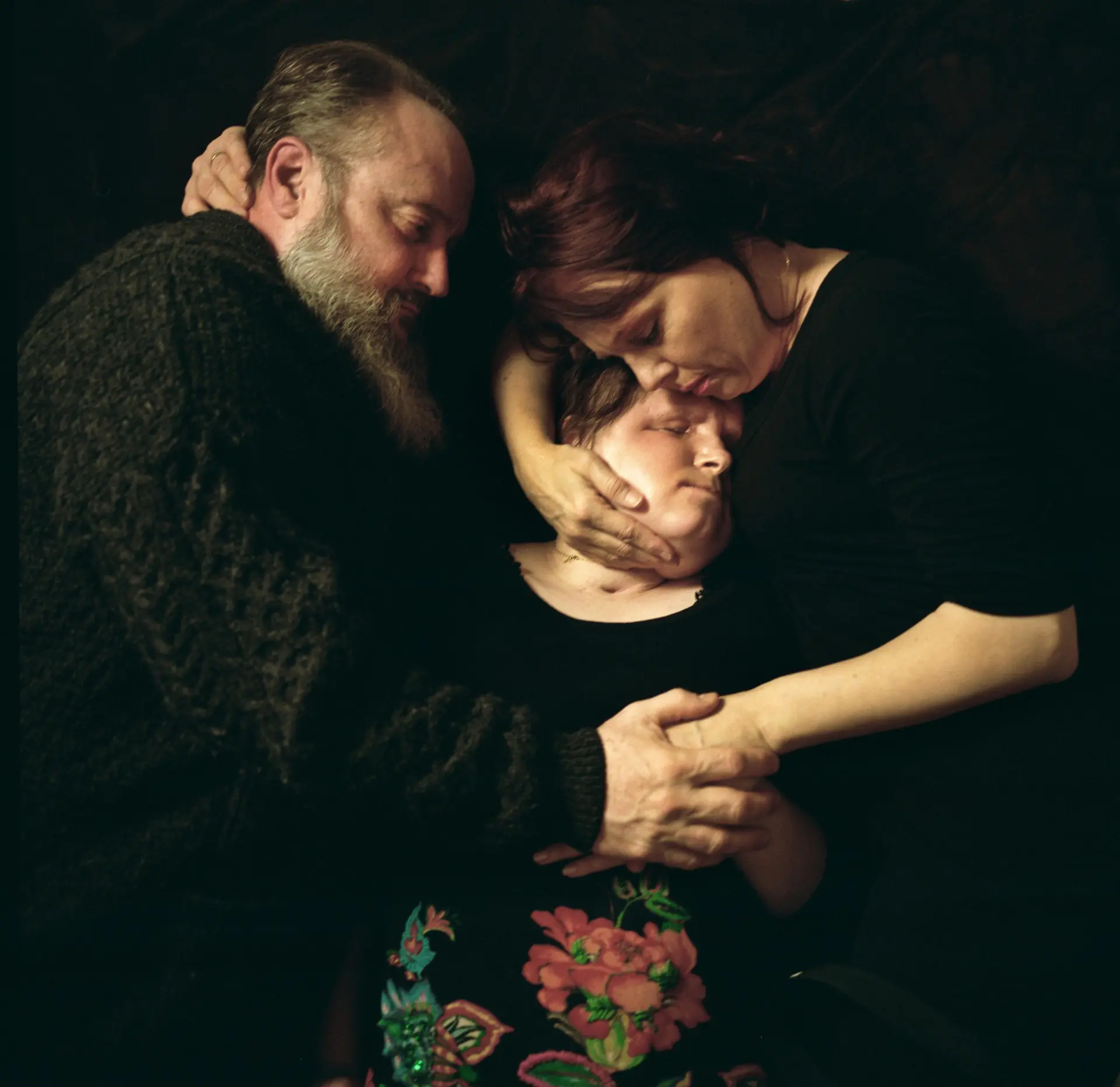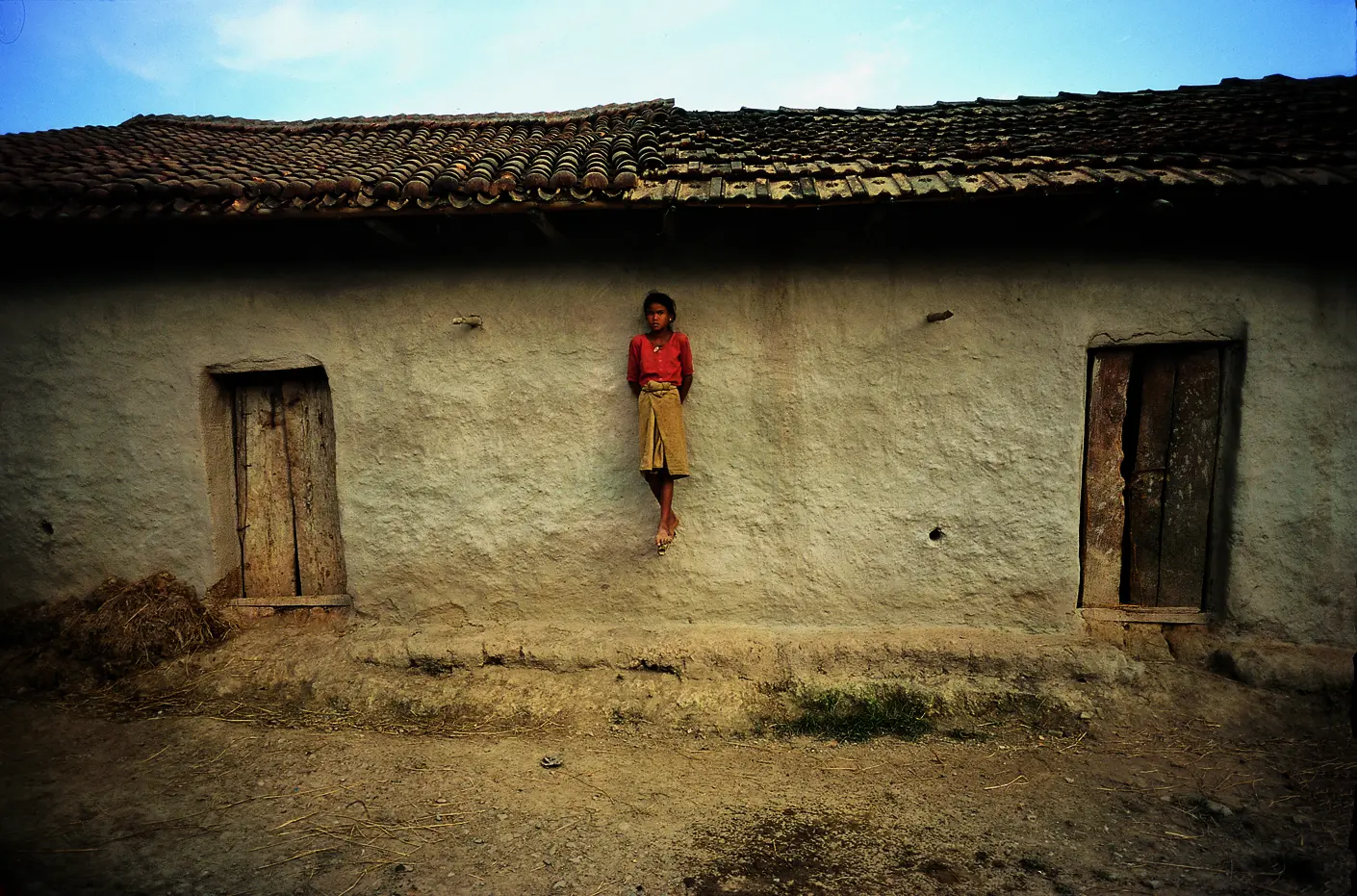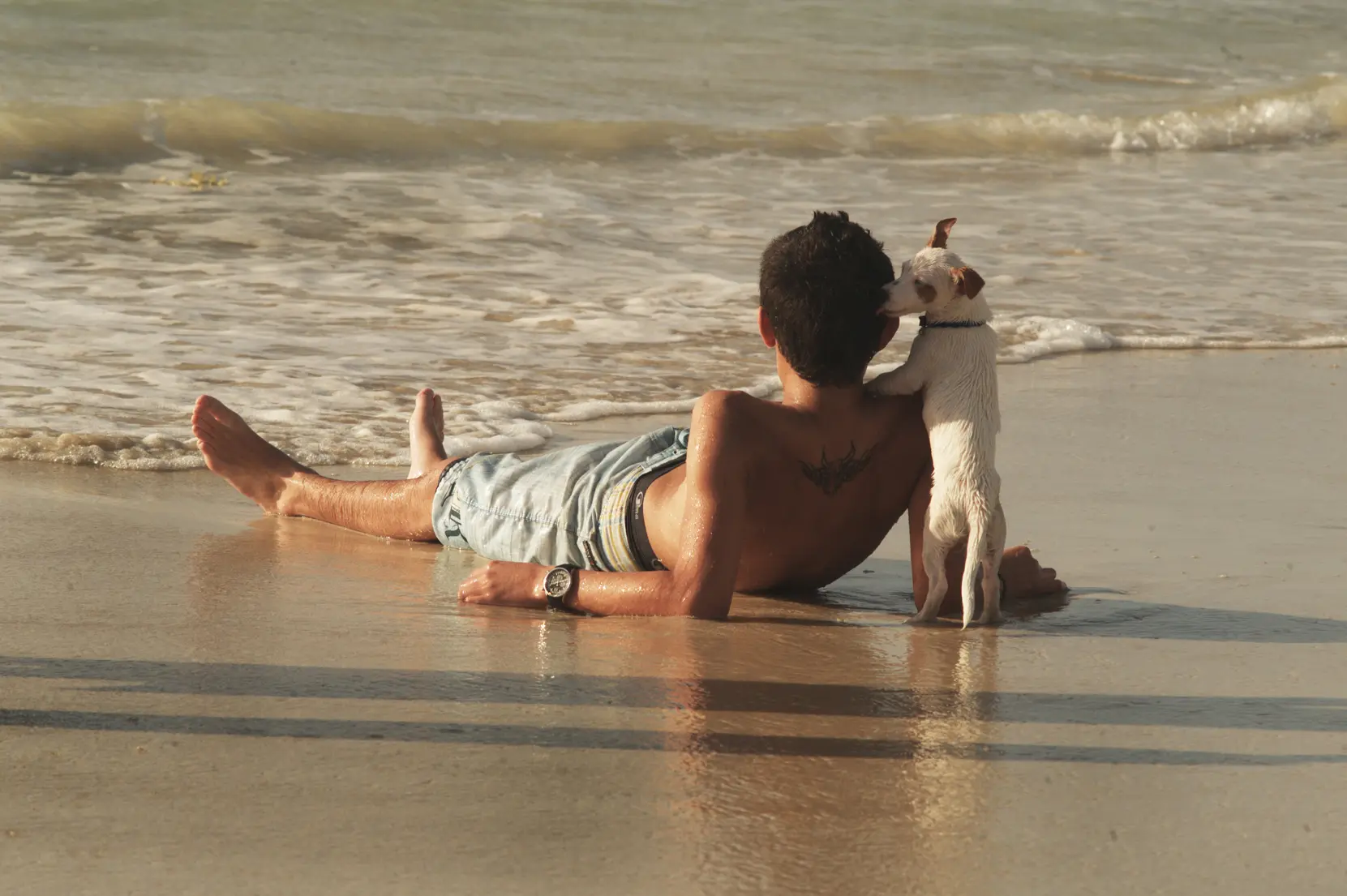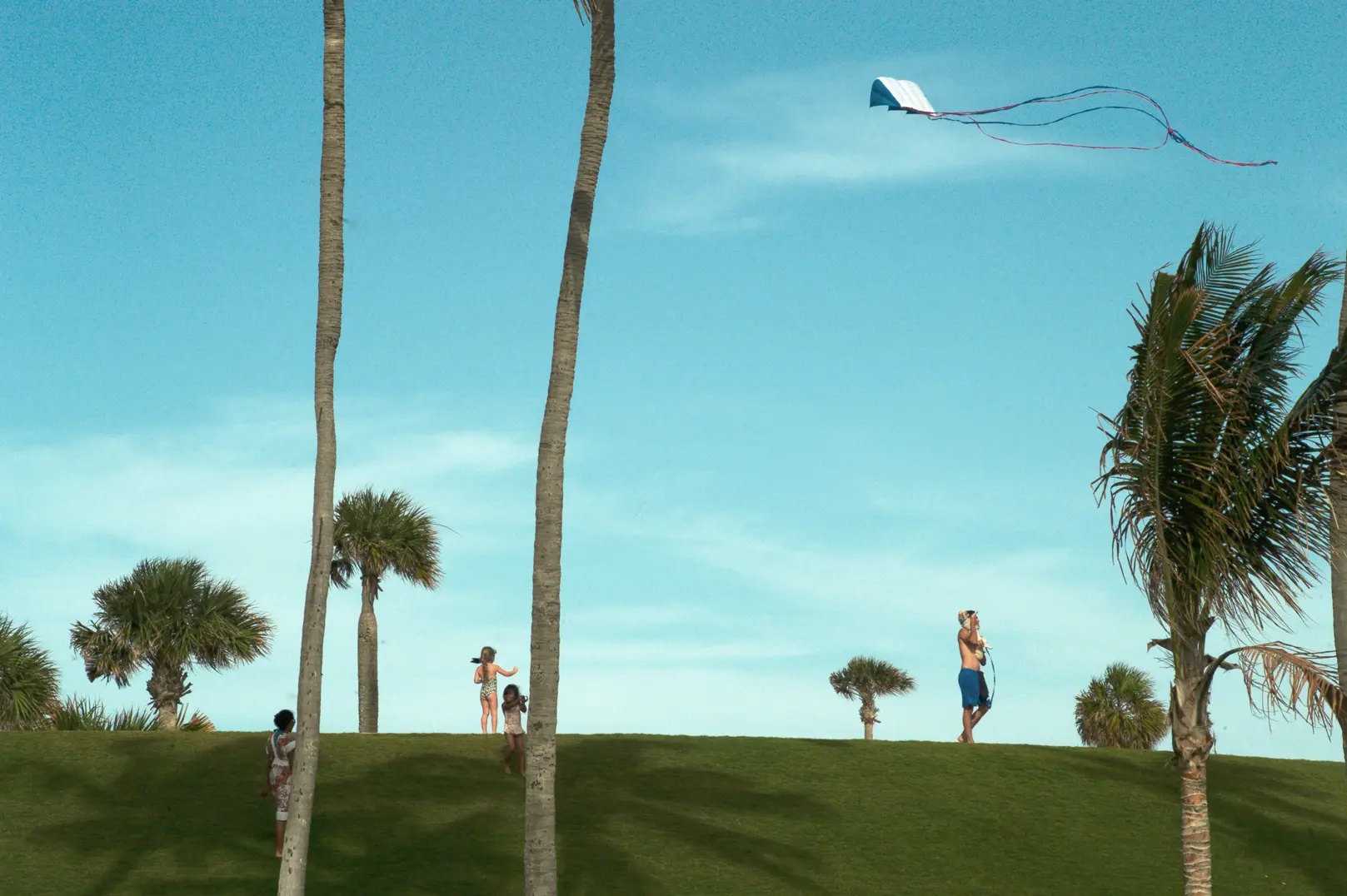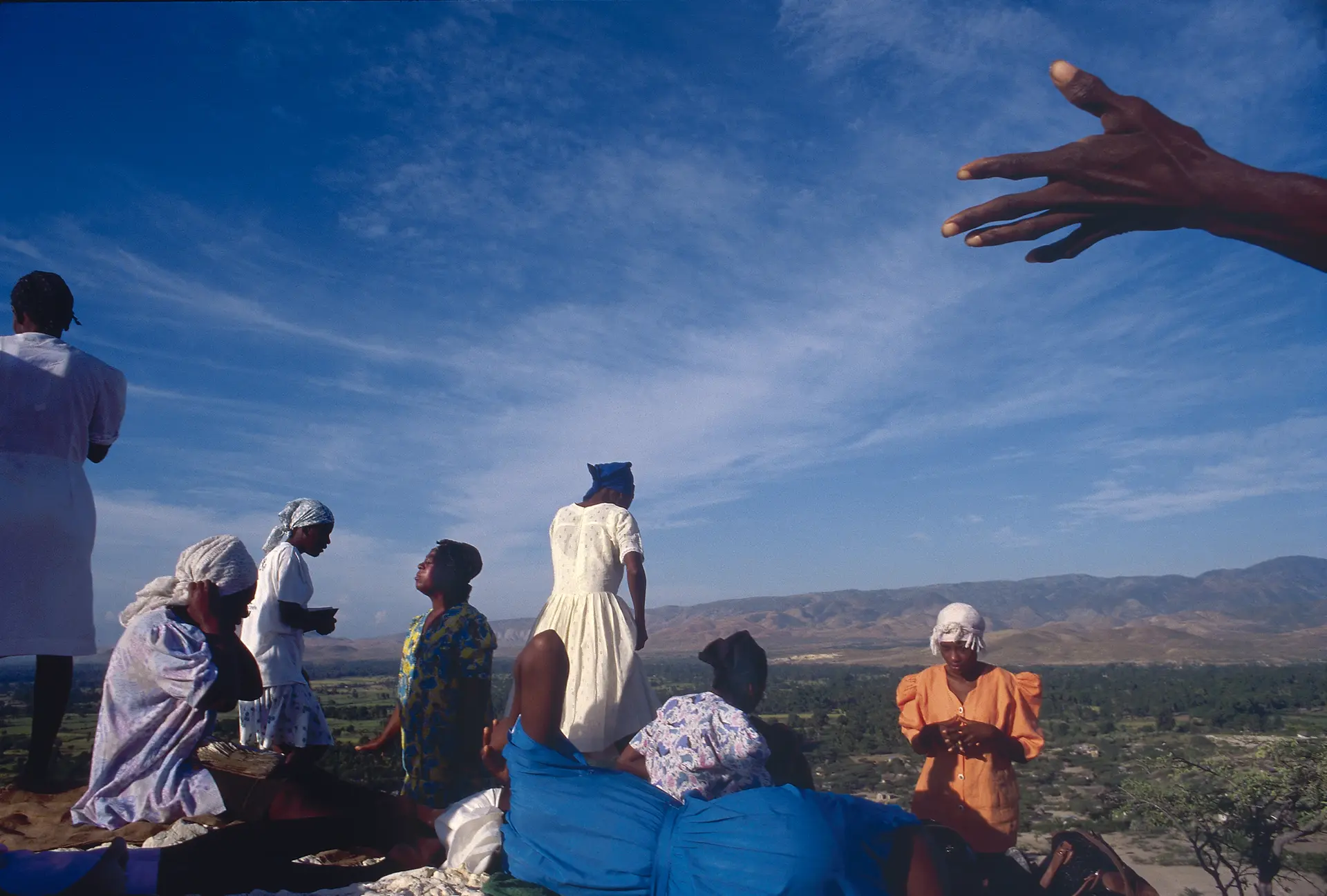
Her Legacy
Maggie Steber
INTERNATIONALLY KNOWN DOCUMENTARY PHOTOGRAPHER MAGGIE STEBER SHARES HER EXPERIENCES AND CHALLENGES AS A PHOTOGRAPHER AND THE IMPORTANCE OF THE FEMALE VISUAL VOICE. READ HER STORY BELOW.
1. Tell us the story behind the first image you ever made.
I can’t even remember what that image would have been. I think it was a self-portrait to see what I would have looked like as a man because my mother always told me she was glad I was born a girl. But it might also have been a photo of a black dog I had at the time running across the park.
2. What are some of the challenges you’ve encountered in your visual storytelling, and how did you approach these issues?
Being the only woman photographer covering an event or situation was sometimes very challenging. Also coming into great danger that rose up unexpectedly in covering wars and conflict. Being taken seriously by photo editors. Understanding that I had to get to be a better photographer and what the standard was. Sometimes and I hate to say it but sometimes being made to feel bad by other women. Photographing far too many starving children knowing full well that no matter how many times I photographed them that hunger would always be an issue and that ultimately my photographs would not save them. Keeping my name out there in the best way. Feeling confident enough to step out of what I was known for and trying something new. And finally figuring out an approach which was that one approaches photography the way one approaches life and my motto is always to be as kind and generous as possible but also to be fierce when it was necessary. And humility.
3. What is a piece of advice offered to you, related to photography, that has been most valuable to you?
Best advice ever given to me was to be honest. And another piece was from my mother the first time she saw a photo of mine published in a magazine. My name was followed by the name of an agency I worked through and she asked about it. I told her the agencies help make us in this business. She reminded me that only she had made me and that if anyone else was going to make me it would be me. I never forgot that, that we are all responsible for who we are and how we are perceived in this business and in general. We get to choose that and it has everything to do with how we succeed.
4. Of all the projects you have worked on, which one left an indelible impression on your current point of view?
I cannot choose just one project but I can choose 3 which have shaped me and defined me. The first is my 30-year relationship with Haiti which produced a book published by Aperture and many award winning photogs but more importantly during which I learned many life lessons including humility. The second was a nine-year project I did on my mother’s melancholic voyage with memory loss. As the only family member, photography got me through this by photographing her. MediaStorm saw the work and made a multimedia piece entitled Rite of Passage. And finally, the Story of a Face which was a three-year coverage of Katie Stubblefield and her family and their effort to get Katie a new face after she attempted to take her life. That was for National Geographic Magazine and was published in September 2018, for which I have received 4 major awards including being a Pulitzer Prize finalist.
5. Based on your experiences, what advice would you give the next generation of photographers?
Frankly, I would tell them to be kind and generous in a world that has become less so. What does this have to do with photography? Everything! And it’s up to you to figure that out. If you take enough photographs you are bound to get something good but I can tell you that the people who continue to work are the ones who retain their humility and remember we are nothing without the people in our photographs. Big egos fall to the wayside. In my book photography is NOT about us, it’s about them, whether you are a visual storyteller or portrait photographer.
6. Of all the images you have made, which one is most important to you? Why?
The most important image I have made is one of my mother lying on her bed in a full white skirt which is spread out. She is asleep. She was suffering from memory loss. I look at that photograph almost everyday and it makes me swell up with love and longing. This was my only family and this photograph reminds me of how precious family, no matter the size, is to us and to me. I love this photograph. My mother was half Cherokee and she looks it in this photograph. It is the photograph that makes me the happiest and saddest at the same time.
7. What image do you see, but have not yet created?
I have so many images like that they have to line up and take a number! But the next one will be to add to my series called Men With Flowers. This is part of my Guggenheim project for The Secret Garden of Lily LaPalma.. I grew up without a father so I had no preconceived notions about men. I just had to learn along the way. Mostly I like men very much but I’m glad I’m not one and I think it’s hard to be one. I appreciate the kind ones and I like to photograph them with flowers that speak to the feminine aspect in men, the kind heart, the sweet nature that exists but isn’t always allowed to blossom.
8. What are some of the challenges female photographers face when trying to make it?
There have always been a lot of women in photography but many have not been recognized for various reasons too long to mention. What I have found in mentoring dozens of women is that sometimes they lack confidence to show their work to editors. They are afraid of rejection but I think that is a common trait among all creative people. I remind them that the worst thing that can happen is that someone says no. But it’s a rite of passage to get through that. I also think there are still editors who only want to work with men and especially in covering war but so many more brave women have covered war and violence at this point and always have so photo editors need to get on the ball and recognize it. The BEST ones do! And finally, I think there is still a challenge that having a family largely falls to women in terms of bearing and caring and while that is something to rejoice about, women are judged for it as well. That’s a societal problem. Plenty of women have kids and family and work and are brilliant so get over it, picture editors!!!!!
9. What are your hopes and expectations for the Leica Women Foto Project?
My hope for this project is to empower women. I want to see women flying through the air like the superwomen that we are. I want to see the quietist person in the room who has the best idea win out. I want us to support one another and I really want there to be more inter-generational support which goes both ways. Don’t forget, young ladies, who your mamas are. Remember that you are here because of all the women who cut a path for you and those of us who did that should also embrace these beautiful young flowers who are blossoming before us. I guess if I had to put it into one word, even if it sounds corny, I want us to love one another. I want to be in touch with a younger generation but also support women who have worked long and hard without recognition even though their work is brilliant. And finally I want to see the confidence of women growing. One of the things that has always given me confidence are my cameras. I’m so sure of them and I know that while I might fail, they won’t. People take me seriously when they see I use Leicas and while I don’t want to sound like a commercial, you need everything you can get your hands on to show people you are very serious and these cameras have always given that to me, being taken seriously. So I want to put these cameras into the hands of other women to boost their confidence.
10. In your opinion, what characterizes a female perspective. How does it differ from a male perspective?
In the end, we are not so different, men and women, but I do think we see and think differently about things. I think men see big things and women see the smaller things that are the critical building blocks of everything. I think we see possibilities and solutions that come from a different place. But in truth at this moment when we are trying to be inclusive, I am not comfortable saying or thinking that one gender or another thinks differently because it excludes LGBTQ people and men who are gentler and women who are more gutsy and fearless. I would rather say that it takes many ideas to make a world and we are grateful for all the approaches because somewhere along the way, someone will make work that informs us in ways that we can all understand and be moved by and perhaps even changed. I think I would leave it at that because this is a question that is constantly dabated and I’m not sure there is one perfect answer or opinion. I prefer to remain open to all people, ideas, approaches, and points of views and not put anyone into a box that purports to define them and especially not to exclude them in any way.
